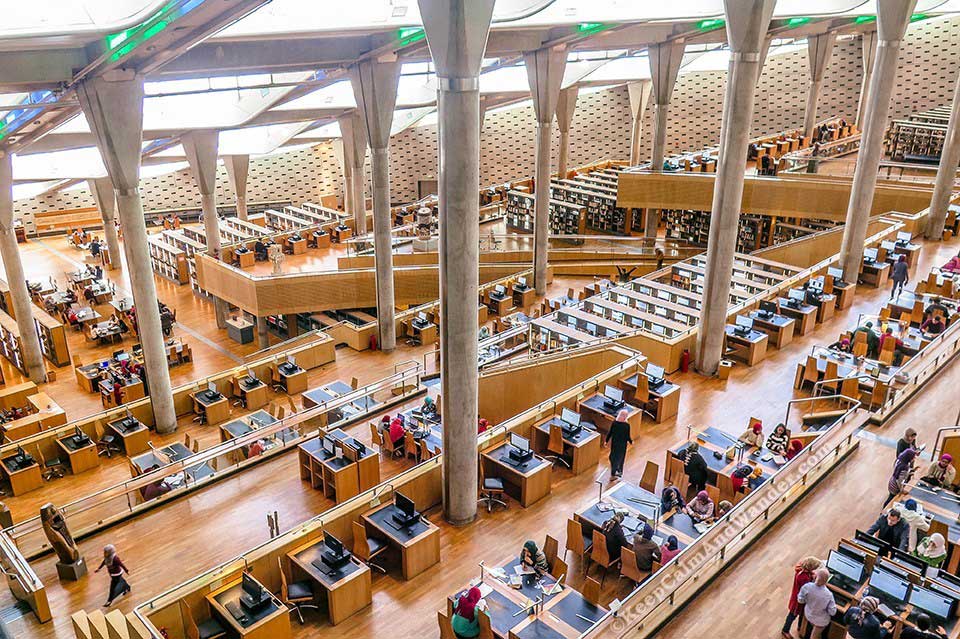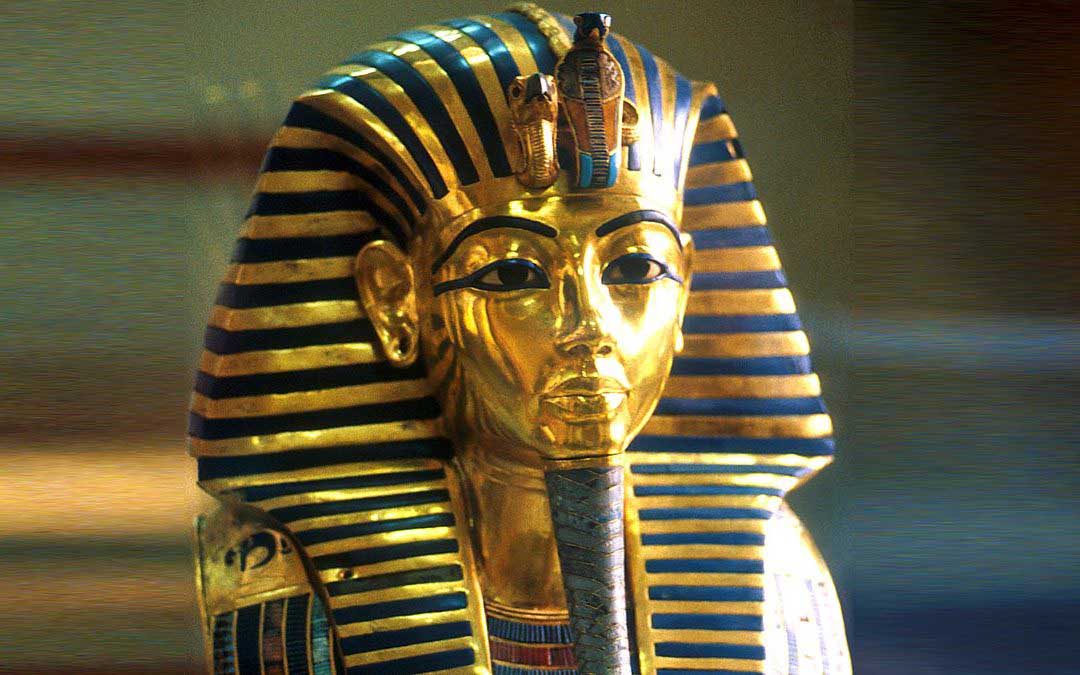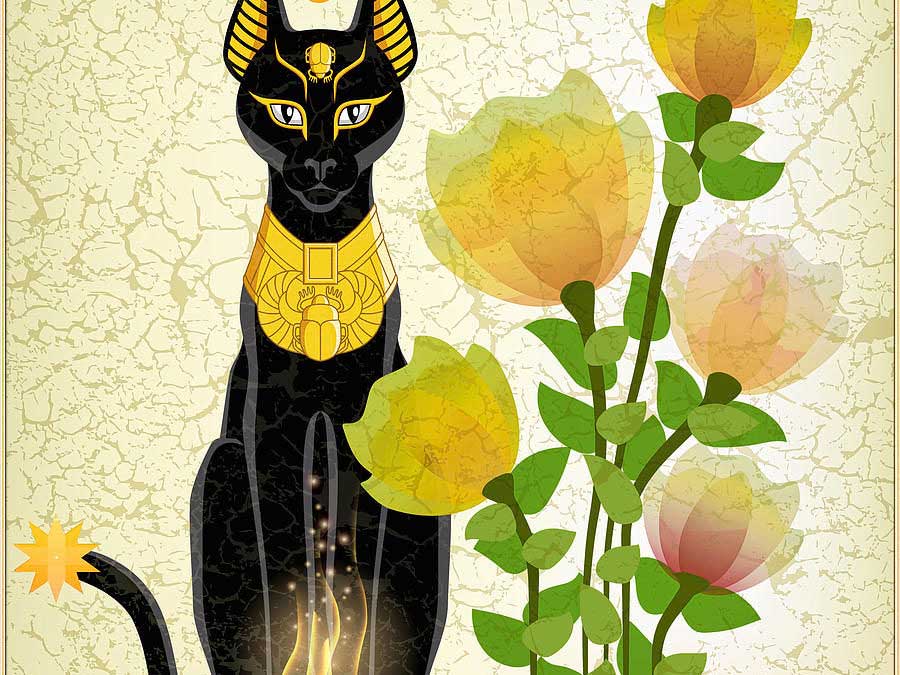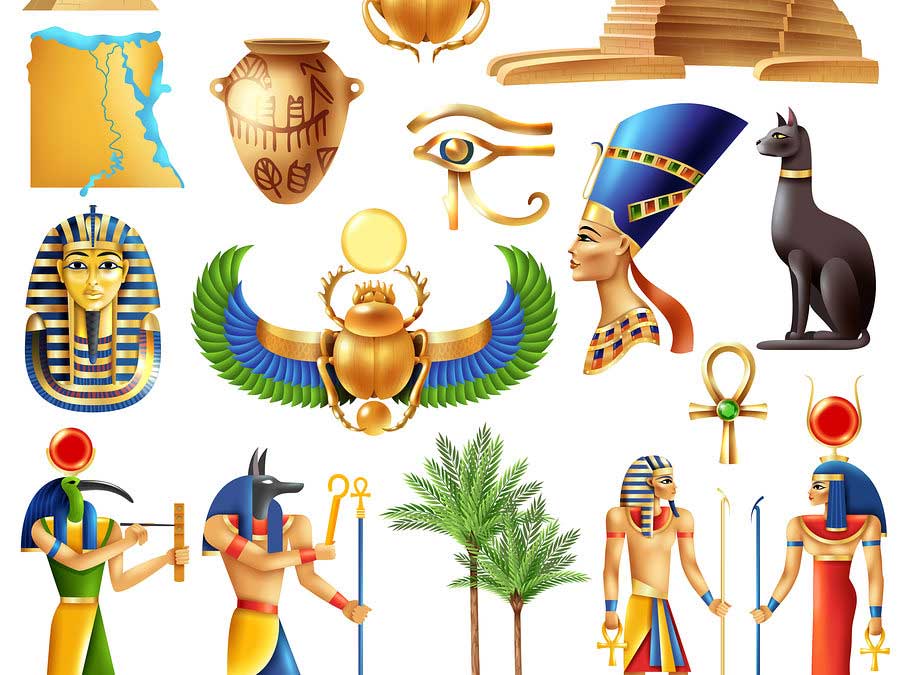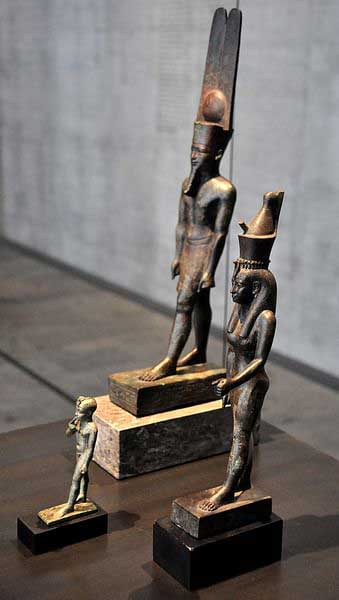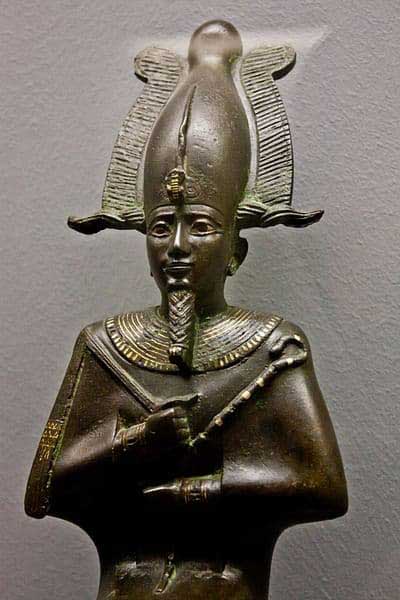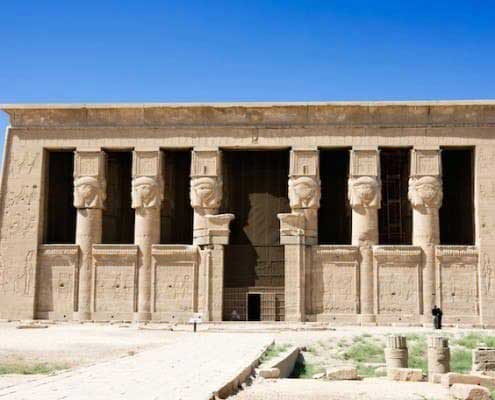
Temple of Dendera
The Temple of Hathor at Dendera is largely believed to be one of the best preserved temple of its kind in all of Egypt. It is a vast structure covers more than 40,000 square meters, and it stands directly above older buildings dating back to the time of the pyramids of Cheops and Khufu of the 4th dynasty. The Temple of Dendara is one of the best-preserved temples in Egypt. It was known as the “Castle of the Sistrum” or “Pr Hathor”— House of Hathor.


